Avoid These 5 Costly AI Mistakes in Your Company’s Strategy
Generative AI. The phrase alone conjures up images of a utopian workplace where machines handle everything from emails to brainstorming sessions, leaving humans free to sip coffee and nod sagely in meetings. Except… that’s not quite how it plays out.
The truth? Many enterprise AI projects fail, not because AI isn’t revolutionary (it is), but because companies approach it like an overenthusiastic baker who’s never read a recipe. They expect instant results, overlook critical details, and end up with something barely digestible.
So, if you want to avoid the metaphorical AI cake collapsing in the oven, here’s where businesses go wrong—and how to do it better.
1. Overestimating What AI Can Actually Do
AI is smart, but it’s not psychic
One of the biggest pitfalls? Assuming AI can do everything. News flash: It can’t. It’s not an all-knowing oracle, and it definitely doesn’t have the common sense of a well-trained intern. Generative AI is exceptional at pattern recognition, language processing, and automation, but it’s not a strategic thinker (Yet!). It won’t suddenly revolutionise your business on its own.
What this looks like in the wild:
A large e-commerce company launches an AI chatbot to replace its human customer service team overnight. The problem? The AI doesn’t understand sarcasm, misinterprets complaints, and manages to enrage customers faster than a broken self-checkout machine. Sales drop, Twitter explodes, and the company scrambles to reintroduce humans into the equation.
How to avoid this mistake:
✔ Set realistic expectations. AI is a tool, not a sentient being. Treat it like an assistant that needs training, oversight, and constant refinement.
✔ Keep humans in the loop. A hybrid model—where AI handles repetitive queries and humans step in for complex ones—is far more effective.
✔ Start small. Test AI capabilities on limited functions or smaller departments before rolling out company-wide.
2. Trying to Shove AI Into Legacy Systems
AI doesn’t like working in the past
Picture this: You’ve just bought the latest electric sports car, but instead of installing a charging station, you insist on fuelling it with unleaded petrol. That’s what it’s like when businesses attempt to plug AI into outdated, rigid legacy systems.
Many enterprises expect AI to seamlessly integrate with tech stacks that were built when floppy disks were still a thing. Spoiler: It won’t. AI relies on clean, structured data, but most legacy systems are labyrinths of unstructured, incomplete, or outdated information. The result? AI either underperforms or spits out recommendations that make no sense.
The real-world mess-up:
A global bank implements an AI-driven fraud detection system but forgets that their 20-year-old transaction database is riddled with inconsistencies. The AI ends up flagging legitimate customers for fraud, blocking payments, and causing mass panic among account holders. Oops.
How to avoid this mistake:
✔ Clean up your data before implementing AI. AI is only as good as the information it’s trained on.
✔ Upgrade legacy systems where possible. AI thrives in environments designed for modern data handling.
✔ Test AI on small-scale datasets before full deployment to iron out kinks.
3. Ignoring Compliance and Ethical Considerations
AI doesn’t operate in a legal vacuum
AI adoption comes with strings attached—namely, regulations and ethical dilemmas. If companies don’t address these upfront, they’re playing a dangerous game. Compliance issues can lead to legal nightmares, hefty fines, and public backlash.
When things go south:
A healthcare company launches an AI-powered diagnostic tool, only to find that its dataset skews heavily towards white male patients, leading to inaccurate diagnoses for women and ethnic minorities. The media gets wind of it, and suddenly, the company’s “cutting-edge innovation” is now a PR disaster.
How to avoid this mistake:
✔ Know the laws. GDPR, AI Act, and other data regulations exist for a reason. Stay compliant.
✔ Audit AI for biases. AI inherits biases from training data—check and mitigate them early.
✔ Make ethics a priority, not an afterthought. Transparent AI usage builds trust.
4. Not Defining a Clear Business Objective
“We need AI” is not a strategy
Some companies jump on the AI bandwagon just because everyone else is doing it. The result? They spend millions implementing AI without a clear goal, only to wonder why nothing meaningful has changed.
A classic case of AI misfire:
A retail chain installs AI-powered cameras in stores to “enhance customer experience” but never defines what that means. The AI collects data, generates reports, and… nothing happens. No one knows how to use the insights, and the project fizzles out.
How to avoid this mistake:
✔ Identify a real business need before implementing AI.
✔ Set clear, measurable KPIs. What are you trying to improve? Efficiency? Customer engagement? Cost savings?
✔ Align AI goals with overall business strategy—don’t just “do AI” for the sake of it.
5. Failing to Get Employees Onboard
Your team won’t embrace AI if they think it’s here to replace them
AI adoption isn’t just a technical challenge—it’s a cultural one. If employees feel like AI is a threat to their jobs rather than a tool to enhance their work, resistance is inevitable. And when employees resist? AI projects stall.
How companies get this wrong:
A law firm introduces AI-powered contract analysis software to speed up legal reviews. Instead of excitement, they’re met with fear—lawyers worry their roles are becoming obsolete. The firm fails to communicate AI’s role as an enhancement rather than a replacement, and adoption rates plummet.
How to avoid this mistake:
✔ Educate employees on how AI will support, not replace, their work.
✔ Provide hands-on training so teams feel confident using AI tools.
✔ Involve employees early in the process to ensure AI solutions address their needs.
Final Thoughts: AI Success Requires Strategy, Not Just Hype
Generative AI isn’t a magic wand that instantly transforms businesses. It’s a powerful tool—one that requires thoughtful implementation, clean data, ethical considerations, and employee buy-in.
The companies that succeed with AI are the ones that approach it with clear objectives, realistic expectations, and a solid foundation. The ones that fail? They jump in without a plan, then act surprised when things don’t work.
So before your enterprise AI project kicks off, ask yourself: Do we have a strategy? Are we setting AI up for success? Or are we just hoping for the best?
Because in AI—as in life—winging it rarely works out.

